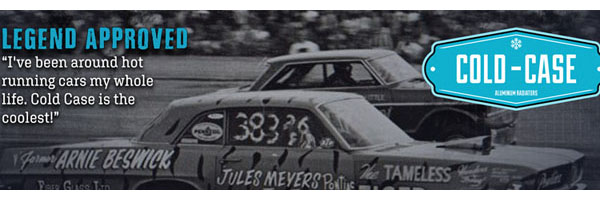
I was pondering the same question, since I'm finishing part of my basement this winter; whether to use a vapor barrier and or even insulation. I'm no expert, so I did some research and asked people, same as you. If you have a moisture problem, you have to fix it, period, before finishing the walls, floors, etc. which may entail serious work, excavating, whatever. To test for moisture, tape a piece of aluminum foil or plastic to the walls and floor for a couple of days and see if you get condensation on either side. Condensation on the back side means it's coming through wall, inside means you have high humidity inside.
If you don't have a moisture problem, the more people I talked to said not to use a vapor barrier on the wall or even the floor since you may end up creating one. Also, if you use styrofoam insulation or other, that you leave at least a 1/2" air gap between the insulation and walls.
Personally, I'm not going to use insulation but I am using the green moisture resistant drywall. I figured during the summer I want the basement cool. For the winter, since I have heat ducts, the basement is already insulated by the ground and since it is already comfortable down there, what for?
__________________
'73 Buc Red T/A, 4 speed, A/C, Std Black Interior
"If you choose not to decide, you still have made a choice" RUSH (Freewill)
|














 Linear Mode
Linear Mode



